
These 4 primary sources (journal-type entry, letter, image, excerpt from law) give a perspective of apartheid in South Africa.
- Subject:
- History
- Material Type:
- Primary Source
- Date Added:
- 11/11/2017

These 4 primary sources (journal-type entry, letter, image, excerpt from law) give a perspective of apartheid in South Africa.

This course introduces students to the spatial, legal, economic, social and political structures that created apartheid in South Africa, and to the factors that led to the collapse of the racist order. We will examine the many forms of Black oppression and, also, the various forms of resistance to apartheid. Some of the themes we will explore include industrialization and the formation of the Black working classes; the constructions of race, ethnicities, and sexualities; land alienation and rural struggles; township poverty and violence; Black education; the African National Congress; and the Black Consciousness Movement.
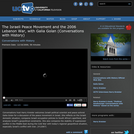
Conversations host Harry Kreisler welcomes Israeli political scientist and peace activist Galia Golan for a discussion of the peace movement in Israel. She reflects on the Israeli domestic situation, compares Israeli occupation policies to South Africa's apartheid, and analyzes Israel"s geopolitical constraints. She also compares the stability of superpower conflict in the Middle East during the Cold War with today's regional geopolitical situation, especially Israel's conflict with Iran. (58 min)
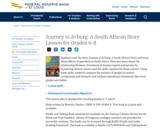
Students read the story Journey to Jo'burg: A South African Story and learn about effects of apartheid in South Africa. They also learn about the relationship between investment in human capital and income by examining several careers and the skills required for those careers. Using math skills, students compare the number of people in various occupations and interpret and analyze educational attainment data from graphs and tables.

This course is designed to offer an advanced introduction to key legal issues that arise in the area of property and land-use in American law, with a comparative focus on the laws of India and South Africa. The focus of the course is not on law itself, but on the policy implications of various rules, doctrines and practices which are covered in great detail. Legal rules regulating property are among the most fundamental to American, and most other, economies and societies. The main focus is on American property and land use law due to its prominence in international development policy and practice as a model, though substantial comparative legal materials are also introduced from selected non-western countries such as India and South Africa.

This course surveys the history of 19th and 20th century Africa. It focuses on the European conquest of Africa and the dynamics of colonial rule, especially its socioeconomic and cultural consequences. It looks at how the rising tide of African nationalism, in the form of labor strikes and guerrilla wars, ushered out colonialism. It also examines the postcolonial states, focusing on the politics of development, recent civil wars in countries like Rwanda and Liberia, the AIDS epidemic, and the history of apartheid in South Africa up to 1994. Finally, it surveys the entrepreneurship in the post-colonial period and China’s recent involvement in Africa.
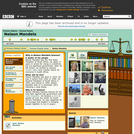
Nelson Mandela was the first black President of South Africa. He spent 27 years in prison for trying to overthrow the pro-apartheid government. After he left prison, he worked to achieve human rights and a better future for everyone in South Africa.
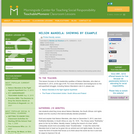
This lesson focuses on the leadership qualities of Nelson Mandela, South African civil rights leader and the country's first democratically elected president.
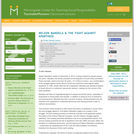
Students learn about and discuss the history of apartheid in South Africa, the long struggle against it, and Nelson Mandela's legacy as a leader in that struggle.

The lessons in this unit are designed for an ELA class. They are intended to be used, if possible, in a collaborative unit with a history teacher using the Universal Declaration of Human Rights.

This course examines one of the most enduring and influential forms of identity and experience in the Americas and Europe, and in particular the ways race and racism have been created, justified, or contested in scientific practice and discourse. Drawing on classical and contemporary readings from Du Bois to Gould to Gilroy, we ask whether the logic of race might be changing in the world of genomics and informatics, and with that changed logic, how we can respond today to new configurations of race, science, technology, and inequality. Considered are the rise of evolutionary racism; debates about eugenics in the early twentieth century; Nazi notions of “racial hygiene”; nation-building projects and race in Latin America; and the movement in modern biology from race to populations to genes and genomes.

In Part One of this lesson, students are introduced to apartheid in South Africa. They watch clips from Steven Van Zandt and Arthur Baker's Sun City documentary to learn about apartheid, and attempt to experience what life might have been like during apartheid through a classroom activity. Then, students consider ways in which apartheid could be fought, and whether elements of apartheid in South Africa also existed in the history of the United States.
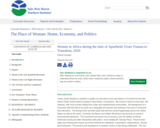
During this unit, there will be several opportunities for students to address their experiences as well as take a closer look at the experiences of those written about in the unit. Students will take a journey into the time periods of Apartheid in South Africa and the Jim Crow Era/Civil Rights Movement in America. Students will be exposed to practices that would be described as “man’s inhumanity to man,” but are often left out of Social Studies textbooks and glossed over-- if ever addressed in middle school classrooms.